i bc27f85be50b71b1 (285 page)
Read i bc27f85be50b71b1 Online
Authors: Unknown
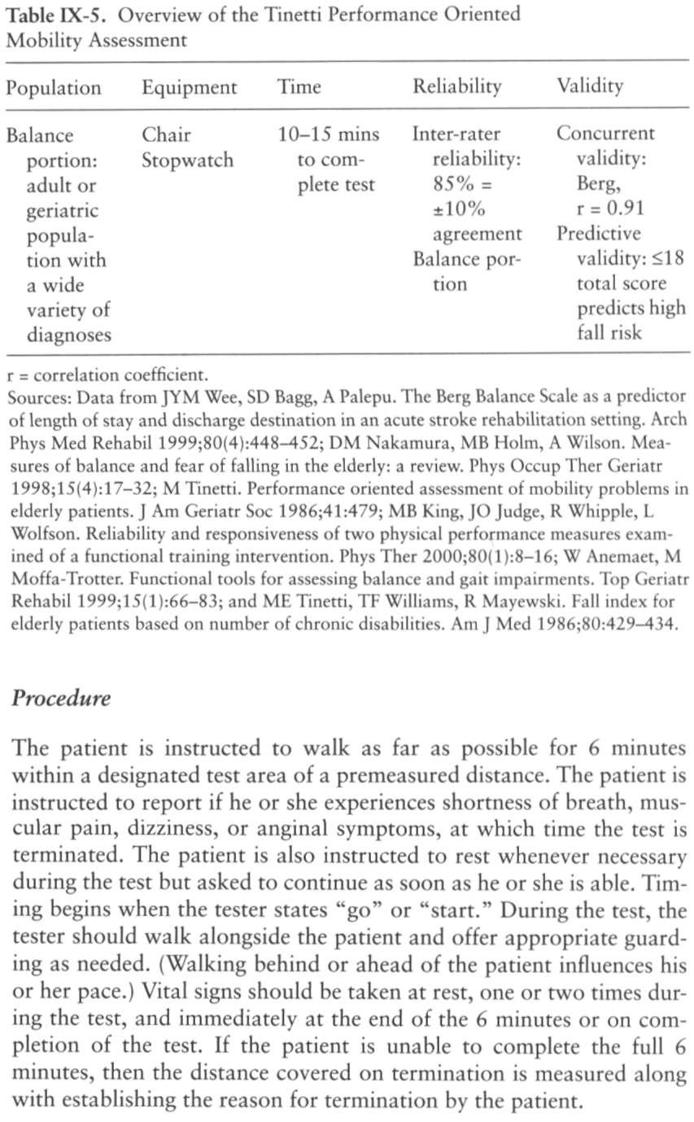

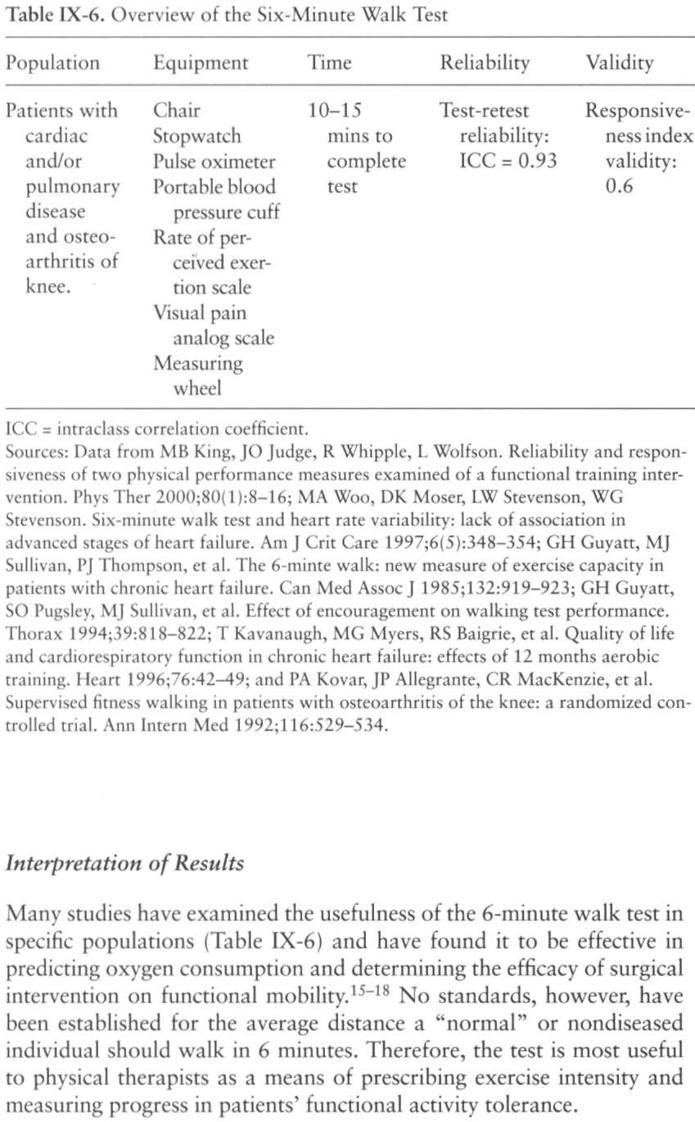

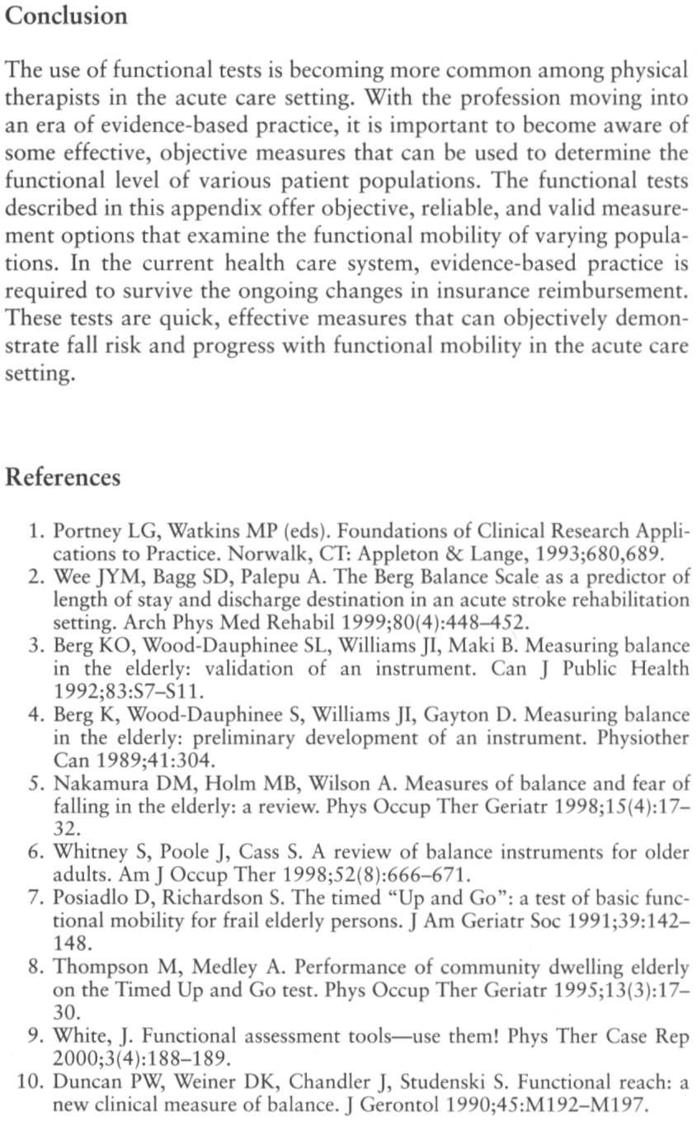

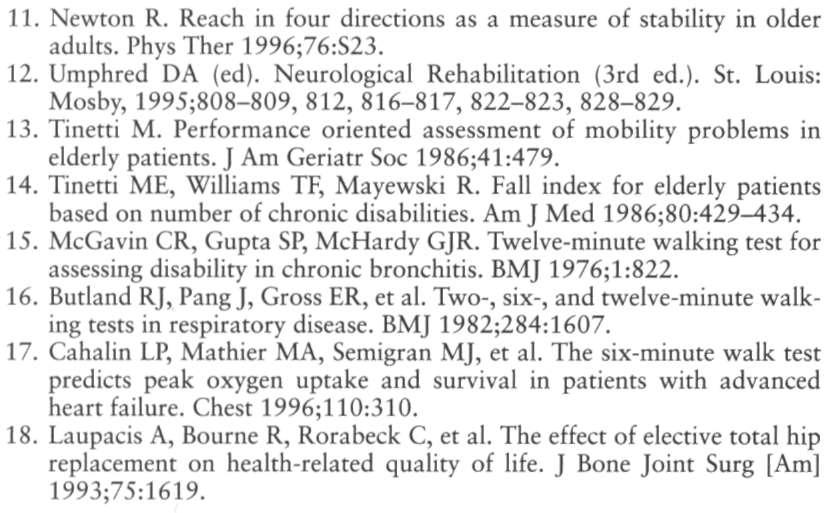


x
Physical Therapy Considerations
for Patients Who Complain
of Chest Pain
Michele P. West
The purpose of this appendix is to discuss the different etiologies of
cardiogenic and noncardiogenic chest pain and provide a means of
raking an efficient history when a patient complains of chest pain.
Chest pain is a common complaint for which many patients seek
medical attention.
Cardiogenic chest pain may be ischemic or nonischemic. Ischemic
chest pain may be caused by atherosclerosis, coronary spasm, systemic
or pulmonary hypertension, aortic stenosis, hypertrophic cardiomyopathy, severe anemia or hypoxia, or polycythemia, I Nonischemic chest pain may be owing to aortic dissection or aneurysm, pericarditis, mjtral
valve prolapse, or myocarditis. J (Refer to Figure 1-8 for the possible
clinical courses of patients admitted with cardiogenic chest pain.)
Noncardiogenic chest pain can arise from a wide range of diseases
and disorders as described in Table X-I, each with its own distinctive
associated signs and symptoms. Refer to Table 8-1 for gastrointestinal
pain referral patterns. Very commonly, the patient rationalizes chest
pain as a gastrointestinal disturbance rather than angina.
921
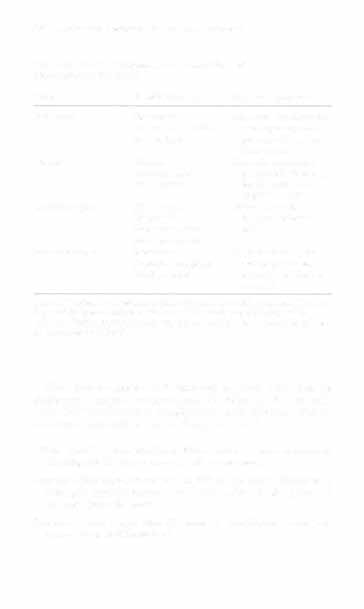

922 AClITE CARE HANDBOOK FOR PHYSICAL THERAPISTS
Table X-1. Possible Etiologies and Associated Signs of
Noncardiogenic Chest Pain
Origin
Possible Etiology
Signs and Symptoms
Pulmonary
Pneumonia
Abnormal breath sounds
Pulmonary embolism
and respiratory rate)
Tuberculosis
presence of cough or
hemoptysis
Pleural
Pleuritis
Pain with respiration,
Pneumothorax
pleural rub, abnormal
Mediastinitis
breath sounds and
respiratory rate
Gastrointestinal
Hiatal hernia
Nausea, vomiting,
Esophagitis
burping, abdominal
Esophageal reflux
pain
Acute pancreatitis
Musculoskeletal
Muscle strain
Reproduction of pain
Repetitive coughing
with palpation and
Rib fracture(s)
pain with respiration
or cough
Sources: Data from NH Holmes, M Foley, I'H Thompson (cds). Profcssional Guide to
Signs and Symproms (3rd cd). Springhouse, PA: Springhouse. 1997;1 53j and RL
Wilkins, SJ Kridcr, RL Sheldon (eds). Clinical Assessment in Respiratory Care (3rd ed).
St. Louis: Mosby, 1995;28.
Chest pain can present with signs and symptoms other than the
classic angina pectoris owing to myocardial ischemia. The mnemonic
OLD CARTcan be used as a rapid survey for the differential diagnosis of chest pain during a physical therapy session '-3: Onset-Sudden versus insidious, with exertion or stress versus rest?
(Cardiogenic chest pain is usually of sudden onset.)
Location-Substernal or on the left side of the chest? (Cardiogenic
chest pain typically occurs in this location, but can 21so present in